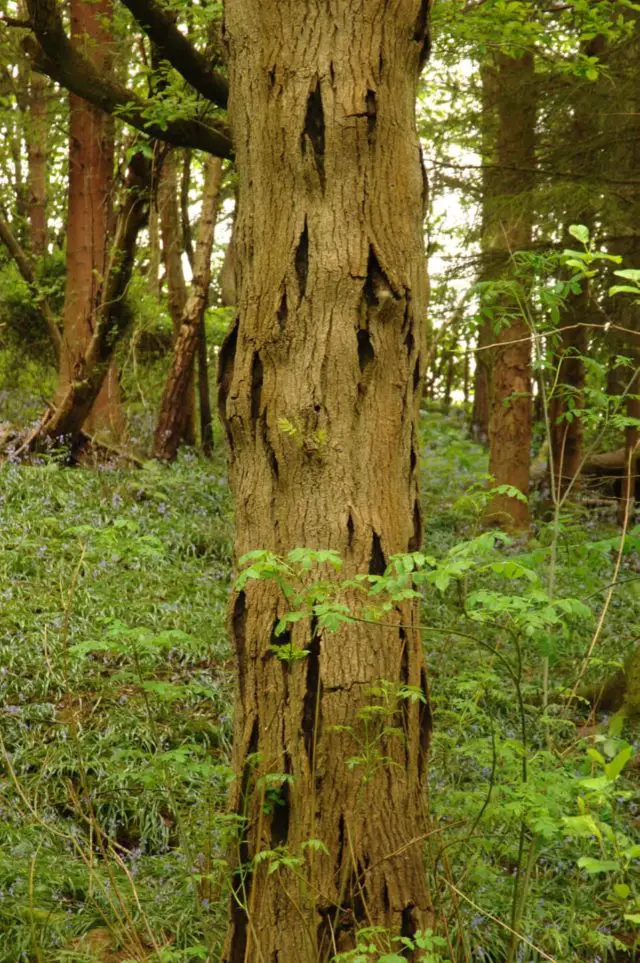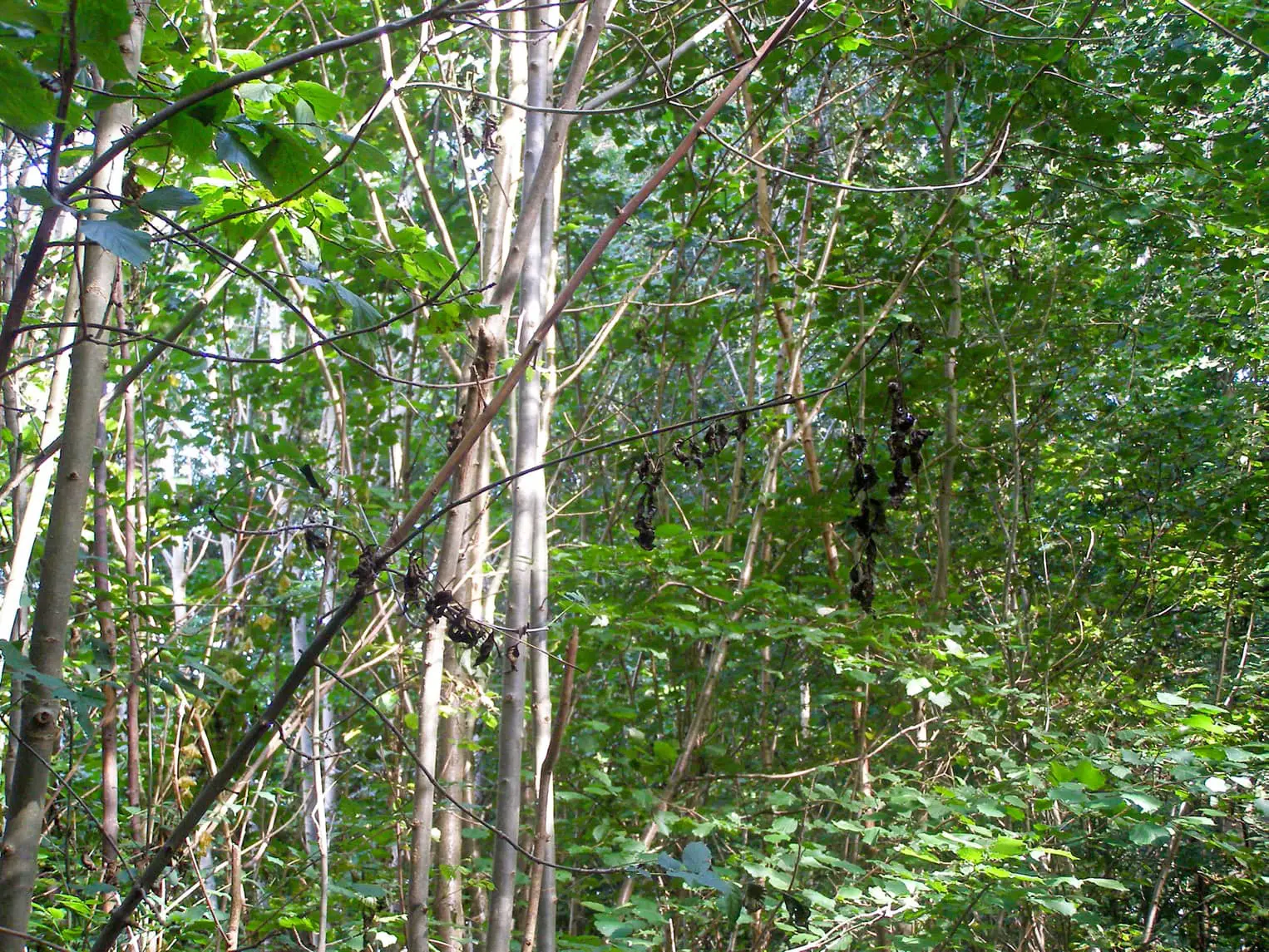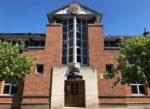From Monday 23rd January, Forestry England’s contractors will be working across the Isle of Wight to remove a number of trees that have been infected with Chalara, or Ash dieback disease as it’s more commonly known.
Caused by a fungus, the disease blocks the tree’s water transport system with devastating effects. It is not harmful to people or animals, but it can kill ash trees.
Help to reduce its impact
Ash dieback was first discovered in the UK in 2012 and evidence suggests that it could lead to the loss of around 60 -180 million ash trees across the UK.
By taking direct action where we find the disease, we can help to manage it and reduce its impact.
The felling work is expected to be finished by the end of February, depending on the weather and ground conditions.
Take extra care
Extra care should be taken during this time, people are urged not to climb on log stacks and to look out for lorries moving timber in Parkhurst Forest, Bouldnor Forest, Firestone Copse and Combley Great Wood.
The work will be carried out as safely and as quickly as possible in order to keep disruption at a minimum.

Forestry England would like to thank residents for their cooperation and apologise for any inconvenience this vital work may cause.
Phelan: Many trees have become brittle and unstable
Forestry England’s local Forester, Ben Phelan, explains,
“Locally, Ash dieback disease has caused many trees across forests that we look after to become brittle and unstable, and a cause for concern.
“To protect the public, we’re having to remove many trees across our various woodlands on the Island.
“This will help to make Forestry England’s forests safer for users and those living near our boundaries.
“The removal of diseased ash trees is unwelcome, but a necessary job that is vital to help prevent the spread of the disease to other healthy trees.”
News shared by Esta Mion on behalf of Forestry England, South District. Ed





